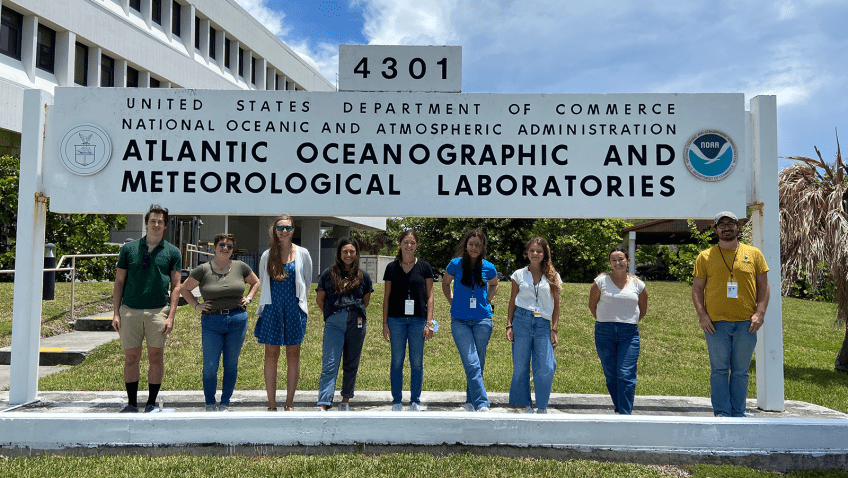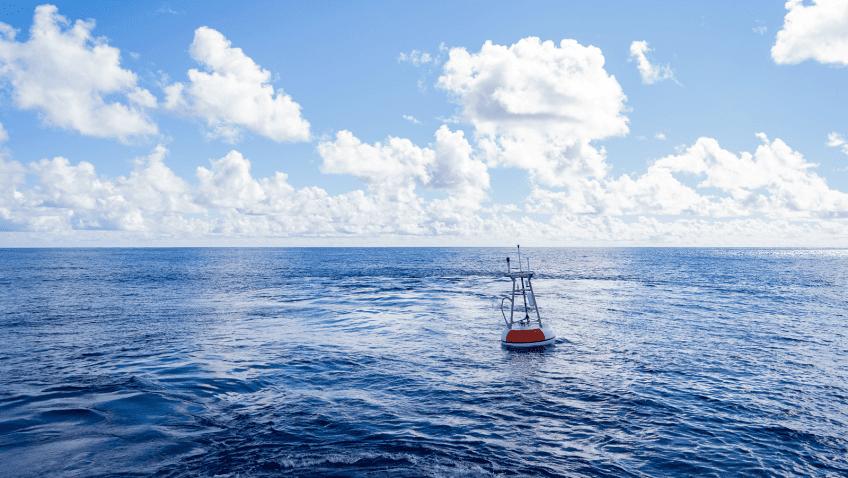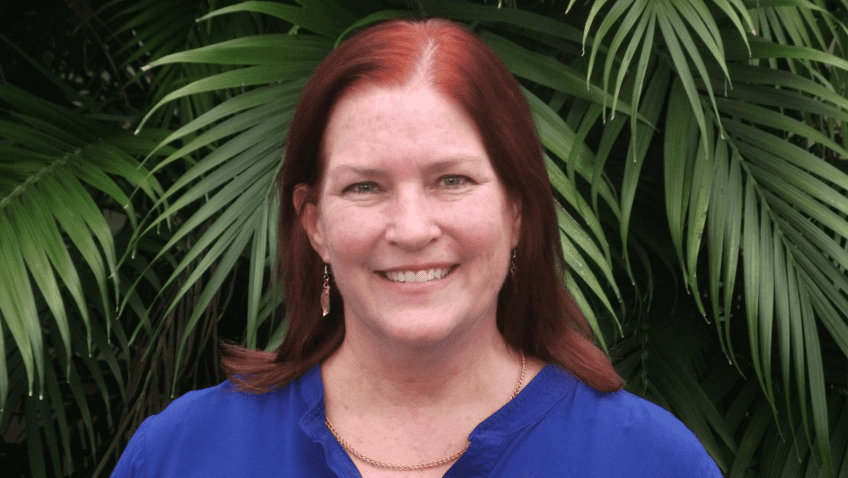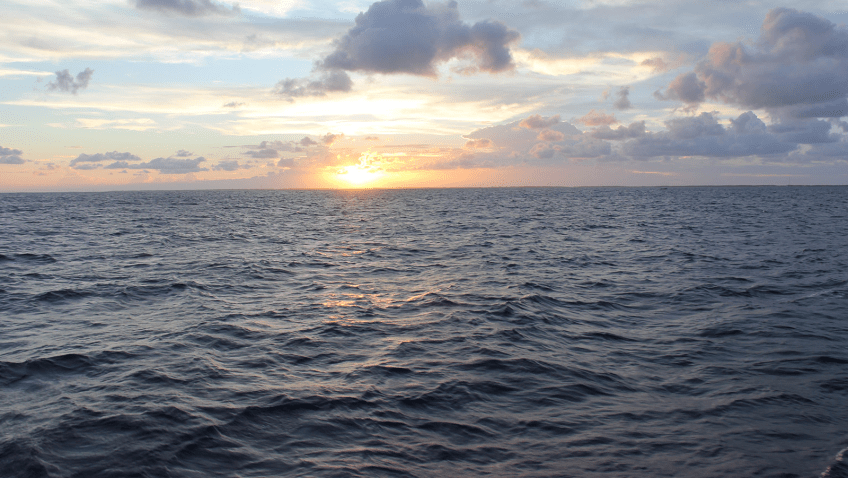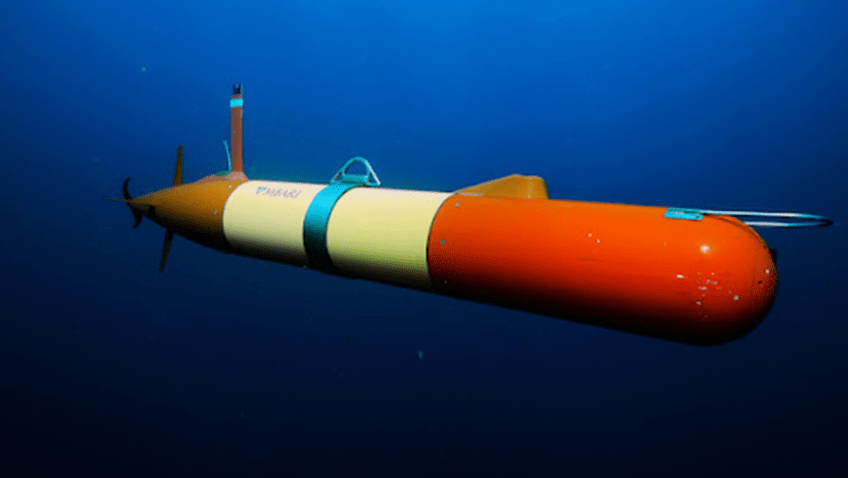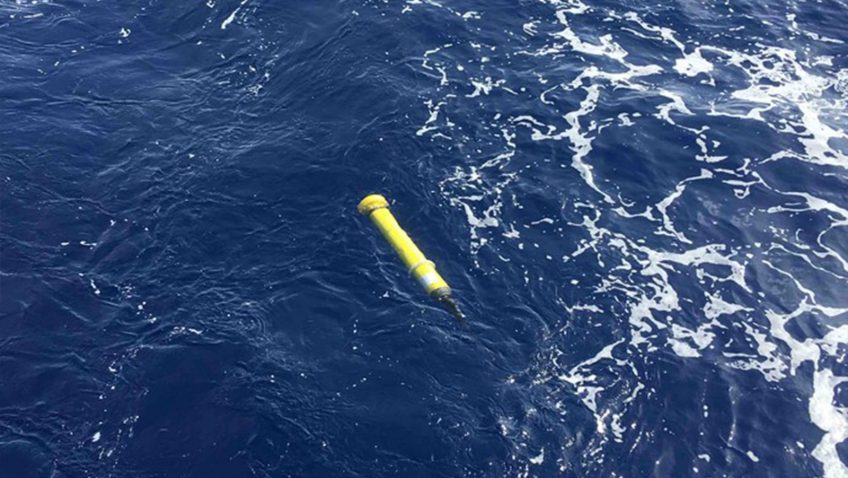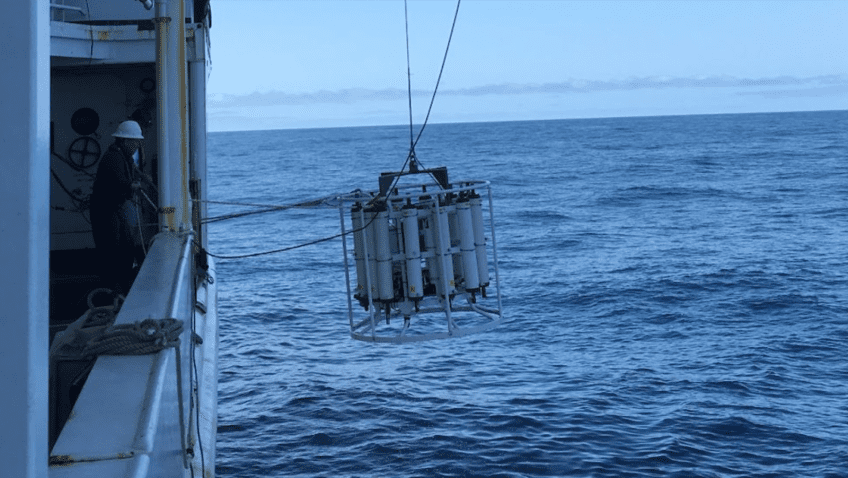AOML Welcomes 2022 Summer Interns
On National Intern Day, AOML is celebrating our largest internship class ever – 30 interns ranging from high school students to post doctoral fellows. They are joining us from schools across the country, from California to Florida, and are researching corals, microbes, hurricanes, air-sea interaction, ocean acidification, communications strategies, and much more.
